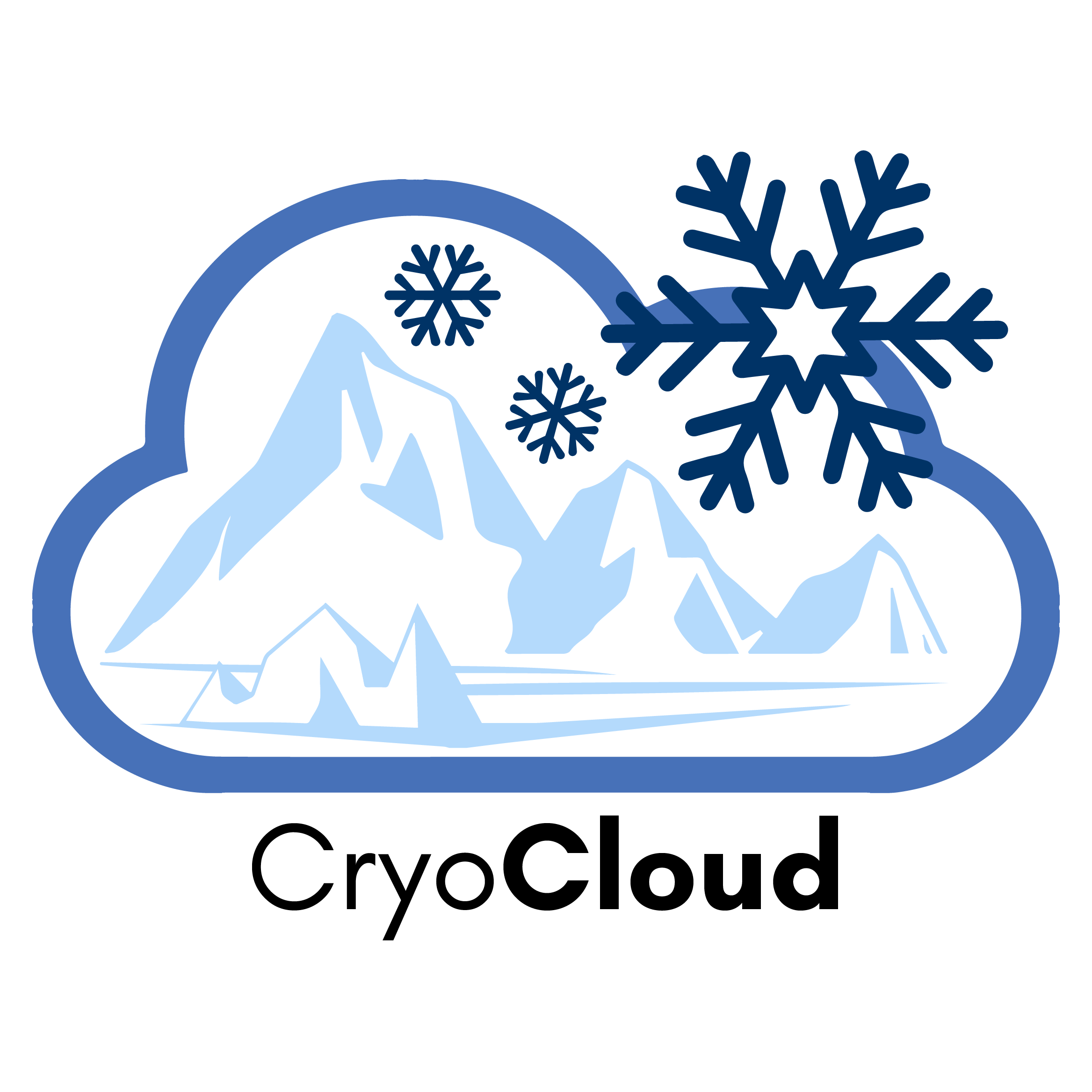Research
The flow of glacier ice

A clear understanding of the rate of ice flow is critical for understanding glacier dynamics and determining future sea-level rise. Historically, laboratory and field studies determined that the behavior of ice sheets and glaciers was best represented as intermediate between a Newtonian and perfectly plastic rheology, encapsulating glacier ice’s ability to both flow viscously and fracture. This behavior can be represented as a power law, known as Glen’s Flow Law in glaciology, that forms a relationship between the rate of deformation and stress. Historically, glaciologists have used a value n=3 for the power-law exponent, calibrated through laboratory and in situ studies on small spatial scales. In this study, we used a simple model to infer the value of the power-law exponent on fast-flowing Antarctic ice shelves, the floating extensions of the continent. We leveraged remote sensing observations to show that Glen’s Flow Law better approximates the viscous flow of ice with a power-law exponent n=4.1. This result suggests that the commonly used n=3 is not appropriate in continental-scale models as we find that the viscosity of glacier ice is likely more sensitive to changes in stress, resulting in important dynamical implications as ice sheets respond to climate changes. Moreover, this result suggests that dislocation creep is likely the dominant mechanism of deformation in fast-flowing ice shelves, implying a high dislocation density within the lattice. This study refined the governing equation of ice deformation and established a continental-scale value of the power-law exponent, prompting further investigation into the fundamental rheology of glacier ice.
Read the full paper here
Millstein, J. D., Minchew, B. M., & Pegler, S. S. (2022). Ice viscosity is more sensitive to stress than
commonly assumed. Nature Communications Earth & Environment, 3(1), 57. https://doi.org/10.1038/s43247-022-00385-x
Observations of Fracture Propagation
Fractures in glacier ice, from crevasses along glacier surfaces to iceberg calving from the edge of the glacier, are a key mechanism responsible for eroding the structural stability of and contributing to mass loss in glaciers and ice sheets. The current quantitative understanding of fracture initiation and propagation in glaciers is notably lacking in observationally validated and empirically derived models, largely due to the scarcity of observations of ice fracture. My research aim is to determine constraints on fracture initiation and propagation in glacier ice, spanning from the inception of microstructural defects to large tabular calving events, grounded in empirical relationships derived from remote sensing and geophysical observations.
This research goal strives to reconcile the rheology of glacier ice across broad timescales, determining relevant space and time scales over which ice transitions from viscous flow to brittle fracture. Establishing how fractures originate and propagate in natural glacier ice, on the scale of minutes to hours, is necessary to fully resolve the rheological and energetic characteristics of ice fracture and the strength of glacier ice—fundamental parameters underlying our understanding of ice sheet evolution.
Preprint coming shortly on deriving observations of surface deformation from Sentinel-1 Synthetic Aperture Radar (SAR).
Preprint coming soon on an empirical law for rift propagation on Antarctic ice shelves.
CryoCloud: cloud computing and open science for Cryosphere researc hcommunities

The CryoCloud is a JupyterHub built for NASA Cryosphere communities and their collaborators in partnership with the International Interactive Computing Collaboration (2i2c). Launched in October 2022, the CryoCloud cloud-computing projects aim to establish a curated interactive computing platform and develop Cryosphere community expertise in open-soured and cloud-based platforms. The intention is to transition cryosphere scientists into the cloud while discovering the needs and overall best practices for making this transition.
Read more about CryoCloud and the lessons we have learned so far in our Jupyter Book or our response to response to NASA's Request for Information